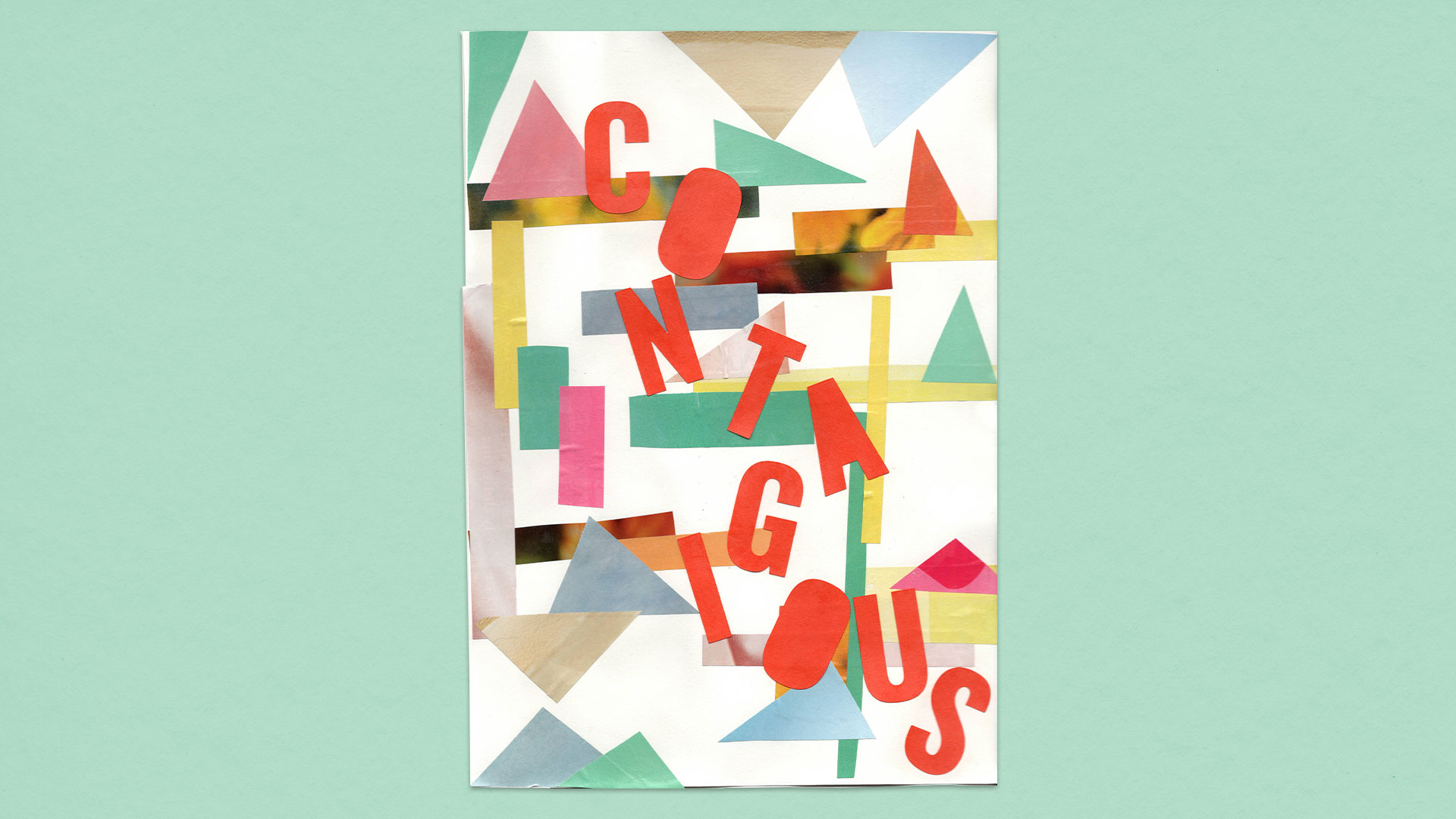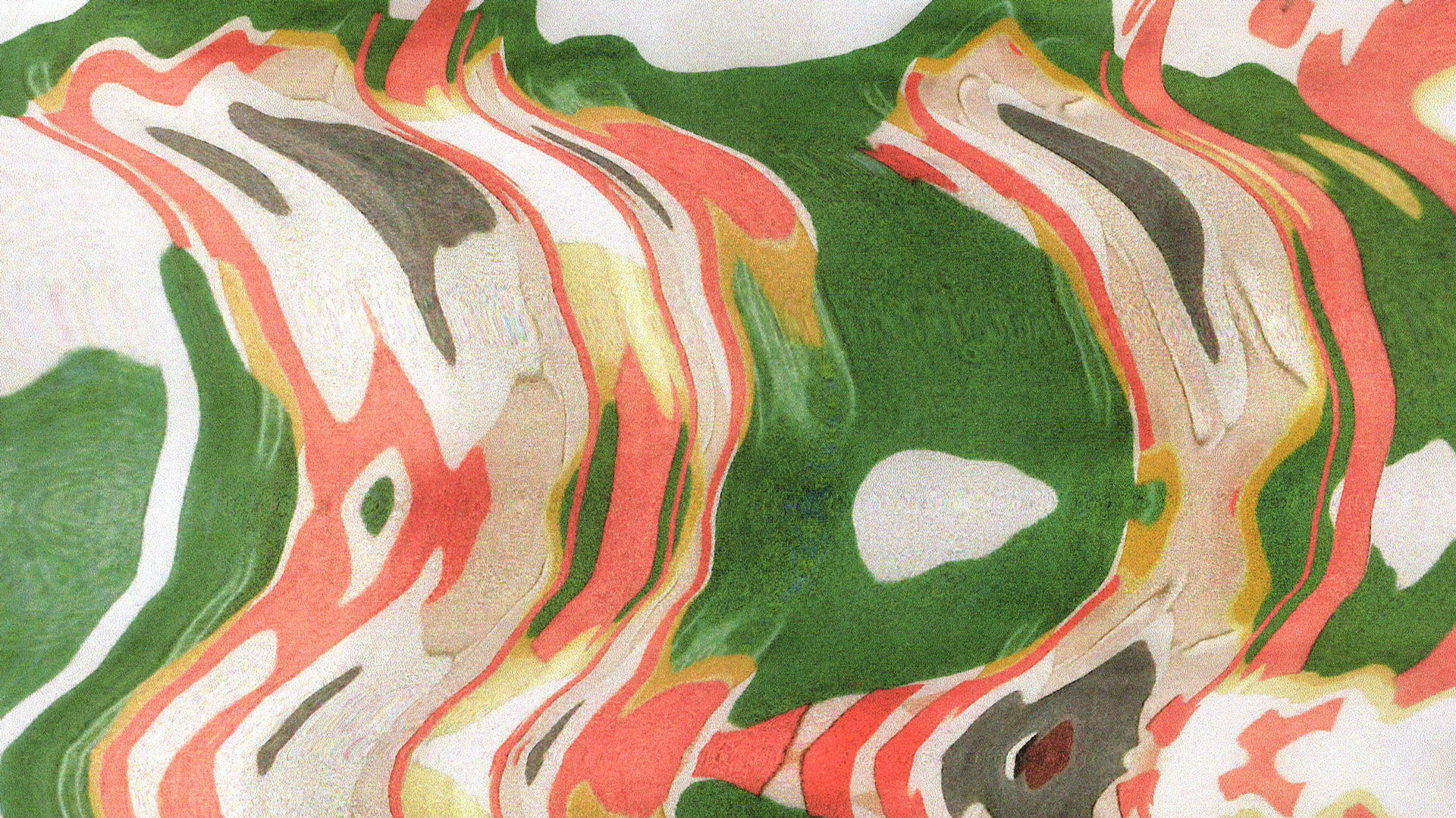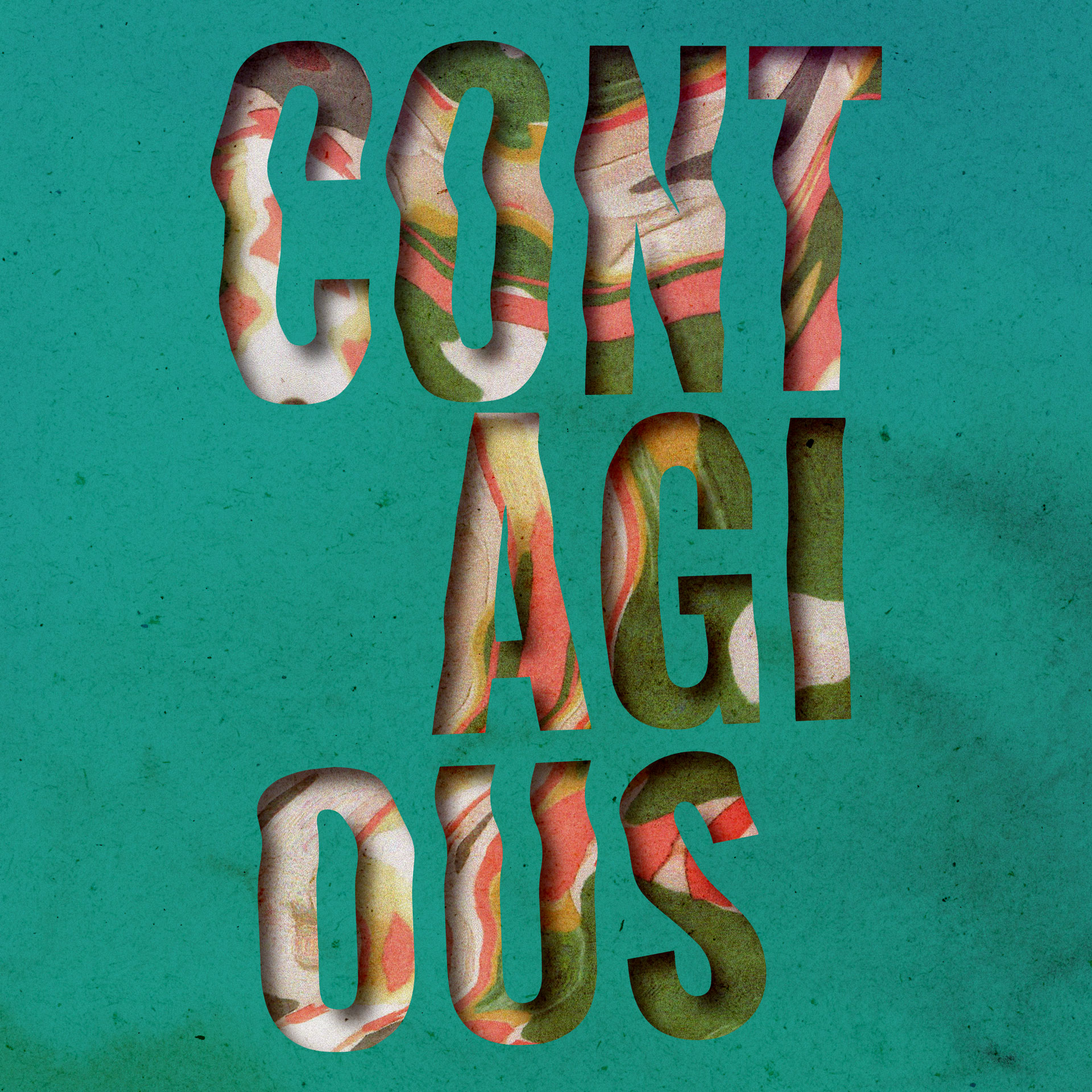


The word contagious can be described as the ability to spread something. In this instance, it can be seen positively in the creative context of sharing ideas or being inspired by trends.
Although ideas may stem from past experiences, they may also be shaped by what we see around us. Cambridge Dictionary (n.d.) includes varying definitions for 'trend', from a change in behaviour, a product development such as fashion design, or topics currently most popular on social media.
D'Avignon (2018) suggests that humans try to mirror each other in daily life. When you “witness creative success you want to be as close to it as possible” (D'Avignon, 2018) . With many creatives using platforms such as Dribbble, Behance, and Instagram for design inspiration, there are a wealth of visuals to gain influence from. There are also tutorials on platforms such as Domestika which are made by fellow creatives, providing the opportunity for practitioners to develop new skills and different ways of working.
However, there can be negatives to following trends or a particular style. Design fixation is defined as “the blind adherence to a set of ideas or concepts limiting the output of conceptual design” (Jansson and Smith, 1991) .
Condoor and LaVoie (2007) suggest that this could have an impact on creativity and innovation. Following a particular style too closely may limit expression or a designer generating their own visual language.
Despite the risk that following trends or inspiration could stifle creativity, there are strong benefits to sharing ideas and looking at the work of others. Online creative communities allow each other to support one another's work, encouraging constructive feedback (Kou and Gray, 2017) .
Furthermore, it could be argued that sharing creative work on social media may encourage new audiences to pick up a hobby or even inspire a different career they may not have considered.
In Adobe Illustrator, a typographic design was created. This was then printed, scanned, and manipulated. Due to 'Contagious' being a positive perception of design, the level of distortion is lessened, with the word still being clear and obvious. However, the resulting wobble gives a sense of energy, showing that design ideas can be transferred and explored everywhere. The scanograph was digitised, with the vector form being refined.


A collage was created using geometric shapes. A bold colour palette was chosen to reflect positivity. The word 'Contagious' was die-cut from orange card stock and positioned jauntily across the piece, showcasing movement and dispersion.
The collage went through the scanography process to create an abstract background texture. After each scanograph, this was then re-scanned. The resulting visual feels organic, blurry, and tactile. The blurriness and almost liquid effect suggest how design can spread.


The scanograph collage and distorted scanography type were brought together digitally. Using Adobe Illustrator and Adobe Photoshop, a graphic resembling a stencil was created. In Design is Contagious, it was key to let the scanograph texture still bring colour and energy, without additional grain and texture taking away from this.